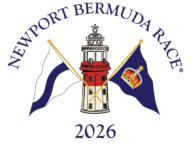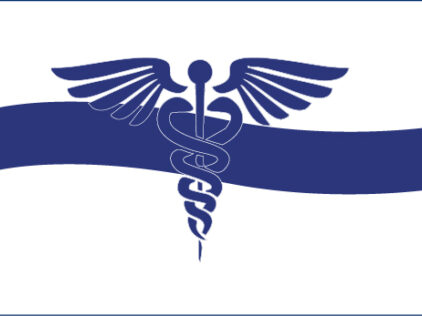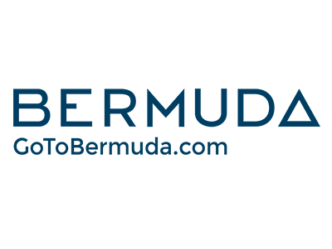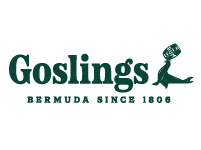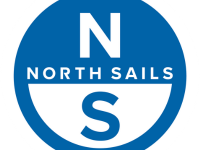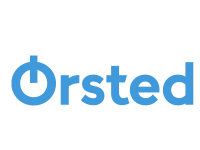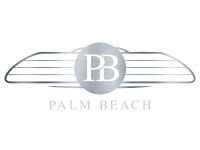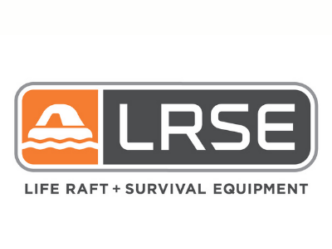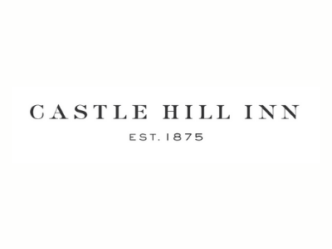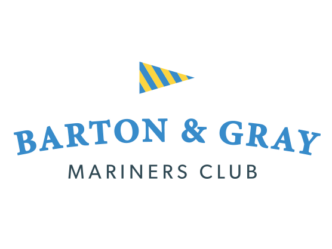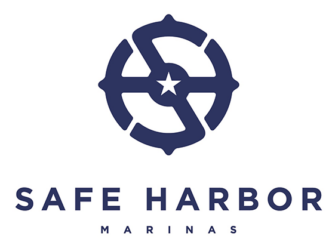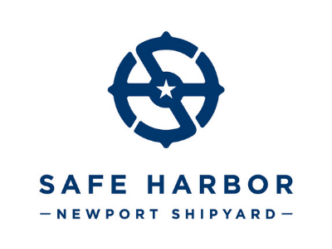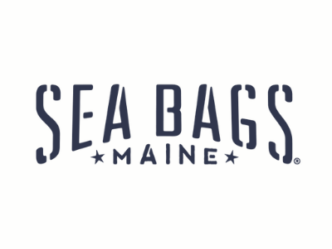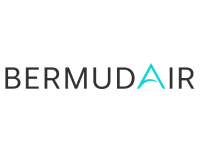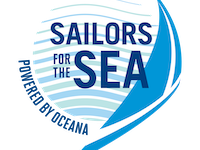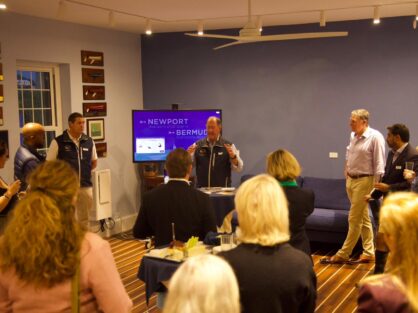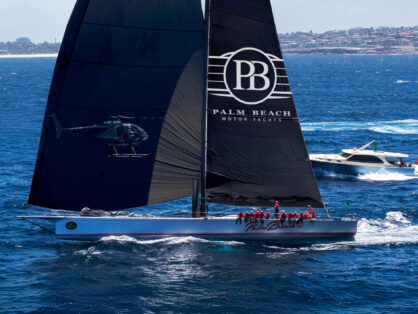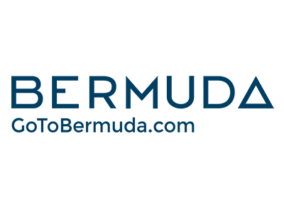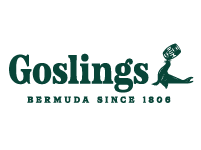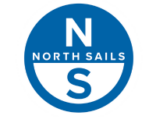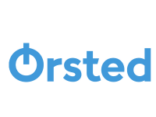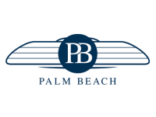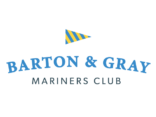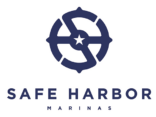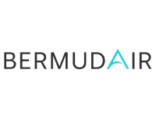By CCA Fleet Surgeon, Jeffrey S. Wisch, M.D.* Updated 2025
*This memorandum is informational only and is not intended to be a substitute for professional medical advice
Medical skills, first aid equipment and the ability to communicate, impact the outcome of an offshore medical emergency. In the Injury and Illness Survey of past Bermuda Races the extremities, especially fingers and toes, were sites most at risk for injury. Sea sickness and sunburn were common. Infections, migraine, diabetic dehydration, and airway obstruction requiring a Heimlich maneuver were encountered. Offshore crew training should stress the importance of avoiding hypothermia, dehydration, fatigue, and seasickness.
Conditions not encountered in these races must also be considered. The incidence of malignant melanoma, as well as other skin disorders directly related to excess sun exposure has increased alarmingly among sailors, according to records of the US Coast Guard. Asthma, life-threatening allergic reactions, heart attacks, strokes, seizures, and surgical emergencies can be added to the long list of potentially treatable events one might have to deal with on an offshore passage. Anticoagulants (blood thinners), which are used to treat blood clots or cardiac conditions such as atrial fibrillation, can turn a minor knock on the head into an untreatable and fatal hemorrhage in the brain. Finally, while conditions, such as falling overboard and drowning or being hit on the head by the boom or mainsheet during an accidental jibe have high mortality rates despite best rescue efforts, they are mostly preventable by always using a life jacket and tether in the former case, and by a permanently installed and always engaged preventer, in the latter. A culture of safety and prevention is the best way to minimize the risk of injury and illness.
Acknowledging that not every medical situation can be handled safely and successfully at sea, a single person, the Medical Officer, not necessarily a medical professional, has the responsibility of caring for the ill or injured crew member offshore, preparing the vessel and the crew for any likely medical emergency and being aware of the presence or absence of medical and rescue resources. Significant medical conditions of individual crew should be on record and known to the medical officer before departure. One or more crew members should have valid First Aid certificates.
Medical training to improve the skills of a lay person who has become a yacht’s Medical Officer is readily available through commercial programs ranging from first aid to medical wilderness courses. Medical training is important because on a small boat there is no “911” as we have come to know it and expect. CPR training is urged for all crew members.
The Medical Officer must make sure that the following are available onboard the vessel:
1. Information from each crew member about significant medical conditions, allergies and necessary medications are easily accessible.
2. Medical and surgical skills appropriate to the voyage.
3. Appropriate medical supplies - reference books, a medical/surgical kit and medicines (addenda 1-3), appropriate to the level of medical training on board.
4. An appropriate emergency communication system and training of the entire crew as to the proper use of the equipment.
Another critical role is that of the Communications Officer who links the boat to outside medical help and rescue services. VHF and a suitable satellite system for voice and/or email communication are usually found on an offshore yacht. More than one crew member must know how to use the equipment and whom to call. If satellite communications are available, it is advised that emergency rescue phone numbers be readily available and programmed into the sat phone. During the Bermuda Races 2002 - 2024, competitors by pre-arrangement used the emergency department of a major medical center to provide remote 24-hour medical advice to yachts. The 2026 Newport to Bermuda Race will be covered by The George Washington University Medical Center Maritime Medical Access Services operated by the GW Department of Emergency Medicine.
When to Call USCG directly using standard emergency procedure:
- Unresponsive or minimally responsive patient-lethargic obtunded or confused.
- Obvious major trauma (amputation, severe head or facial injury, or severe fracture).
- Respiratory distress – difficulty or unable to breath, rapid breathing, pale, ashen, sweaty.
- Cardiac distress – chest pain, pale, sweaty, difficulty breathing, elevated heart rate HR >130, low blood pressure (<80 if able to measure).
- Severe or facial burns.
- Obvious stroke symptoms – facial weakness, arm or leg weakness, speech difficulty, confusion.
Incident Presentation: information needed by a remote physician or rescue organization:
- Level of Consciousness – orientation to person, place, time and event (alertness and awareness).
- Chief complaint - primary problem.
- History of present illness and mechanism of Injury – what happened and what are the patient’s symptoms.
- Patient’s medical history – problems, medications, and allergies.
- Physical findings – vital signs (heart rate, blood pressure, temperature, respiratory rate, oxygen saturation), then problem focused exam.
- Interventions – what have you done; medications given.
Additional emergency Data:
- Distance from port or rescue (by sea or air)
- Medication and medical equipment on board
- Medical skill level of crew (MD, RN, EMT, APC)
ADDENDUM 1: MEDICAL HANDBOOKS
Basic:
- Advanced First Aid Afloat, by Peter F. Eastman, M.D., Fifth Edition: Cornell Maritime Press, Inc, Centreville, MD, 21617, 2002, ISBN 0 87033 524 3
- First Aid at Sea, by Douglas Justins and Colin Berry, Adlard Coles Nautical, A&C Black (Publishers) Ltd, 35 Bedford Row, London, WCIR 4JH, 8th Edition, 2022, ISBN 0 7136 4922 4
- First Aid Afloat, by Fabian Steffen, Schiffer Publishing, Ltd., 2014 ISBN: 9780870336362
- Your Offshore Doctor, A manual of Medical Self Sufficiency at Sea, by Dr. Michael H. Beilan, CreateSpace (Publishers) 2017, Revised 2019, ISBN: 99781979580878
- Wilderness Rescue Medicine, by Jeff Isaac, PA-C and David Johnson, M.D. (8th edition) , ISBN: 9798985002133
Advanced:
- The Ship Captain’s Medical Guide, 23rd edition. Crown Copyright 2020. Obtainable from His Majesty’s Stationery Office, Email: [email protected], fax: 44 (0)870 600 5533, tel: 44 (0)870 600 5522.
- The Ship’s Medical Chest and Medical Aid at Sea, DHHS Publication (PHS) 84- 2024 Government Bookstore, O’Neil Building, 10 Causeway, Boston, MA 02222 (telephone 617 565 6680)
- www.fas.org/irp/doddir/milmed/ships.pdf. Comprehensive and contains an extensive list of medical references.
ADDENDUM 2: SAMPLE EQUIPMENT LIST:
Seek medical advice from a physician and see handbooks for a more complete list of equipment, as this is only a sample. The Medical Officer should be familiar with the indicated use of the contents in the medical kit.
Medical kits must meet the objectives of the intended voyage and the abilities of the ship’s medical officer. Commercially available medical kits vary in complexity and if used their contents should be reviewed to be sure they meet the objectives of the voyage. The items below, or appropriate substitutes, are recommended. These recommendations, however, are not intended to be a substitute for proper consultation with a medical provider. Neither the publishers, nor the author will hold themselves responsible for errors, omissions, or alterations in this list.
Airway kit
- Oral airways (small medium and large)
- Ambu bag, CPR mask
Bandages/Minor Trauma/Burns
- Adhesive tape: 1/2”, 1” and 2” (1.25, 2.5, and 5cm)
- Sterile dressings: Gauge sponges 4”x 4” (10cm x 10cm)
- Roll gauze 2” and 4” (5cm and 10cm)
- Band-aids
- Non-adhesive dressings: Telfa, Xeroform gauze (Vaseline impregnated gauze)
- Steri-strips: 1/4” and 1/2” (0.6cm and 1.2cm)
- Ace bandages: 2”, 4” and 6” (5, 10 and 15 cm)
- Sling and swath or Triangular bandages
- Large abdominal/trauma dressings: ABD Pad
- Finger splinting material; tongue depressors, aluminum splint
Surgical Kit/Major Trauma
- Laceration tray: 1% or 2% Lidocaine, syringes with needles 18, 21 and 25 gauge Sterile Hemostat, needle driver, forceps, scissors, gauze sponges
- Sterile gloves: sizes 7, 7 1/2, 8
- Sterile drapes and iodine prep sticks
- Suture material: 5.0/ 4.0/ 3.0 nylon, 3.0 and 4.0 Vicryl or Dexon
- Dermabond
- Skin stapler
- Clozex (skin closures)
- Suture and Staple removal kits
- Scalpels: #11 and #15 blades
- Irrigation: 14-gauge angiocath
ENT/Eyes/Dental
- Sterile Irrigation fluid for eye wash
- Nasal packing: Merocel nasal tampons 1 inch (2.5cm); Vaseline gauze
- Temporary dental filling kit
Splints
- Splints for arms, legs (prefabricated or inflatable)
- Finger splinting material: tongue depressors, aluminum splints 1/4” and 1/2” (0.6cm and 1.2cm)
- Cervical spine collar
Urinary
- Bladder catheterization kit (sterile)
Examination tools - ancillary equipment
- Blood pressure cuff, stethoscope, thermometer, fingertip pulse oximeter, N95 masks, Covid 19 rapid tests kits, pregnancy test,
- intravenous fluid administration kit, hypodermoclysis kit
ADDENDUM 3: SAMPLE MEDICATION LIST:
See handbooks for more complete lists. Medications should be assembled and given with the advice of a physician. Medicines available “over the counter” are in regular type. Prescription medications are in italics. Know about allergies or adverse reactions before giving any medication. Instructions must be strictly followed.
ILLNESS or PROBLEM MEDICATIONS
- Allergic reactions: Benadryl, Epinephrine, EpiPen, Prednisone Antihistamines: Benadryl; Claritin, Allegra, Zyrtec
- Antiseptic solutions: Betadine, Hibiclens, Alcohol
- Asthma: Albuterol inhaler
- Burns: Bacitracin Ointment, Silvadene cream; Vaseline
- Cardiovascular: Epinephrine, Sublingual Nitroglycerine, Aspirin,
- Constipation: Milk of Magnesia, Senna, Colace, Dulcolax suppository, Fleet enema,
- Cough: Robitussin, Tessalon Perles, Mucinex
- Covid 19 Infection**: Paxlovid (antiviral)
- Diarrhea: Imodium, Kaopectate, Lomotil, Oral rehydration solutions
- Diabetic Emergency: D50 IV, oral sugar solution
- ENT/Dental: Cortisporin Otic Suspension, Ciprofloxacin Otic, Cepacol lozenges
- Eyes: Erythromycin ophthalmic ointment, Gentamicin ophthalmic, Artificial Tears
- Gastritis: Maalox, Prilosec (omeprazole), Pantoprazole (Protonix)
- Hemorrhoids: Preparation H; Tucks wipes (frozen), Anusol suppository
- Inflammation/Pain: Tylenol, Ibuprofen
- Intravenous Fluids: Normal Saline (0.9% saline) D5 1/2 NS (5% dextrose & 0.9% saline)
- Local Anesthetic***: Lidocaine 1% or 2% with and without epinephrine (injectable) Marcaine 1.25%
- Nasal congestion: Sudafed, Afrin nasal spray, decongestants
- Pain Medication: Oxycodone, injectable Morphine Acetaminophen, Ibuprofen, Aspirin
- Seasickness****: Scopolamine transdermal patches, Dramamine, Stugeron (Cinnarizine OTC in UK, Ireland, Spain & Bermuda) Compazine or Phenergan (Promethazine) rectal suppositories
- Skin/Rash: Hydrocortisone ointment 1%, Desitin cream, Clotrimazole cream, triamcinolone acetonide 0.1%, Desenex powder
- Sleep/Anxiety: Benadryl, Lorazepam (Ativan), Ambien
- Sunburn: Topical aloe, Solarcaine
- Urinary Retention: Flomax (male)
Infection/ Antibiotics
- Urinary Tract: Ciprofloxacin, Bactrim DS, Levofloxacin
- Respiratory: Azithromycin, Levofloxacin, Augmentin
- ENT/Dental: Amoxicillin, Augmentin, Clindamycin
- Gastrointestinal: Metronidazole, Ciprofloxicin, IV Ceftriaxone,
- Skin/soft tissue: Cephalexin, Augmentin, Dicloxicillin
- Vaginal: Miconazole (Monistat)
* Special thanks to William Strassberg, M.D. and Mark Lenci for their contribution to this Memo.
** Covid 19 is a changing situation. Please refer to CDC guidelines for up-to-date recommendation
*** Lidocaine with epinephrine should never be used for local anesthesia in fingers and toes due to the possibility of digital vascular constriction and necrosis.
**** Due to potential side effects of seasickness medications, these medications should be trialed on shore prior to use on board.
